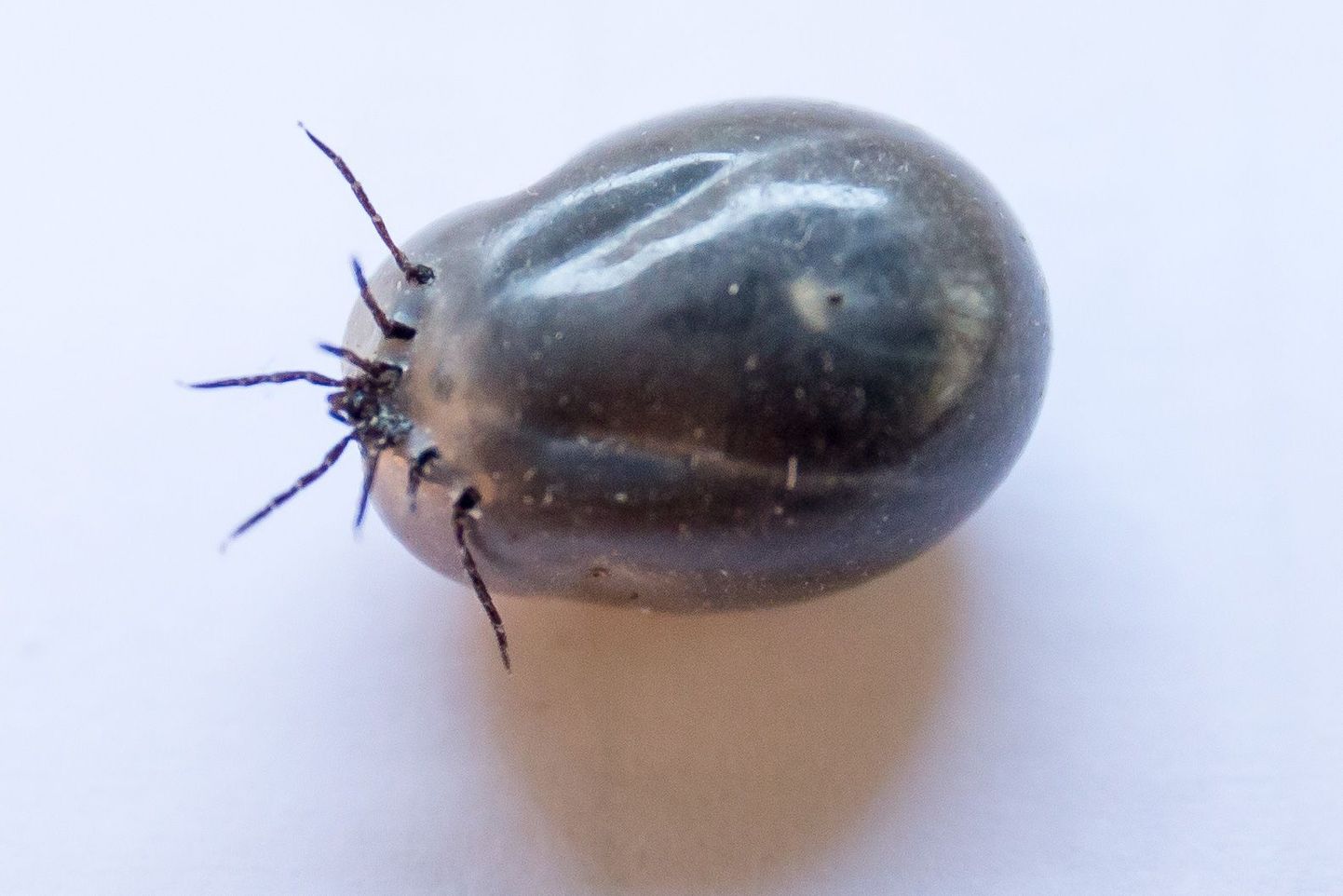
Of tick-borne diseases, Estonia has basic knowledge of viral encephalitis and Borrelia. Meanwhile, a small percentage of ticks also carry several less-known yet serious diseases.

Of tick-borne diseases, Estonia has basic knowledge of viral encephalitis and Borrelia. Meanwhile, a small percentage of ticks also carry several less-known yet serious diseases.
«In Estonia, an average of up to two percent of ticks come with the Anaplasma phagocytophilum bacteria. In Saaremaa, however, an average of six percent carry A.phagocytophilum,» said National Institute for Health Development (TAI) expert Julia Geller.
According to studies, the bacteria are only borne and spread by the castor bean tick. On humans, it causes granulocytic anaplasmosis – a disease of moderate severity as evidenced by headache and and muscle pain, as well as feeling sick. Prolonged fever, convulses, pneumonia, acute kidney failure and haemorrhage may also occur.
Ms Geller says mortality is below one percent. No vaccination is available and it is usually treated with doxycycline antibiotics. No cases have been registered in Estonia.
Ms Geller said there is increasing talk lately about bacteria called Candidatus Neoehrichia mikurensis «found in Estonian ticks at average of 1 to 9 percent.» The sufferers are mostly those with immune deficiency and one fatal case is known in Germany, said the virologist. The disease comes with pain in joints, redness of skin accompanied by pain and itching.
This year, continued Ms Geller, Estonian ticks have also been found to carry Ehrlichia muris, mainly borne in Southern and Eastern Estonia by the castor bean tick. No cases of sickness have been registered in Estonia.